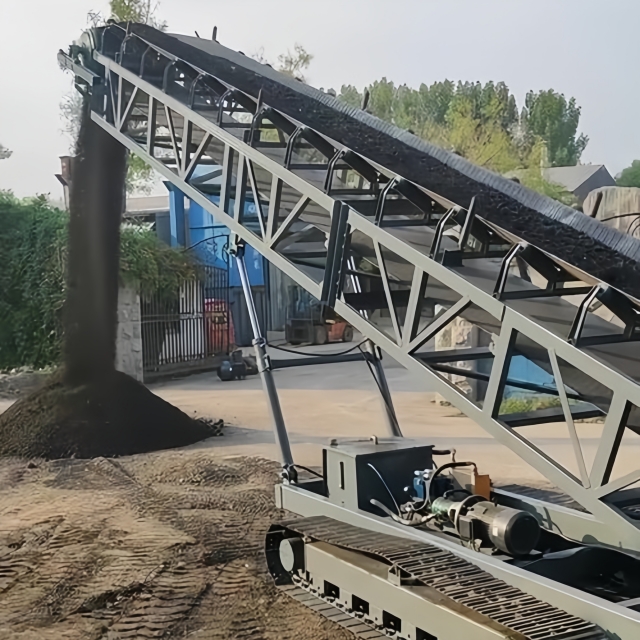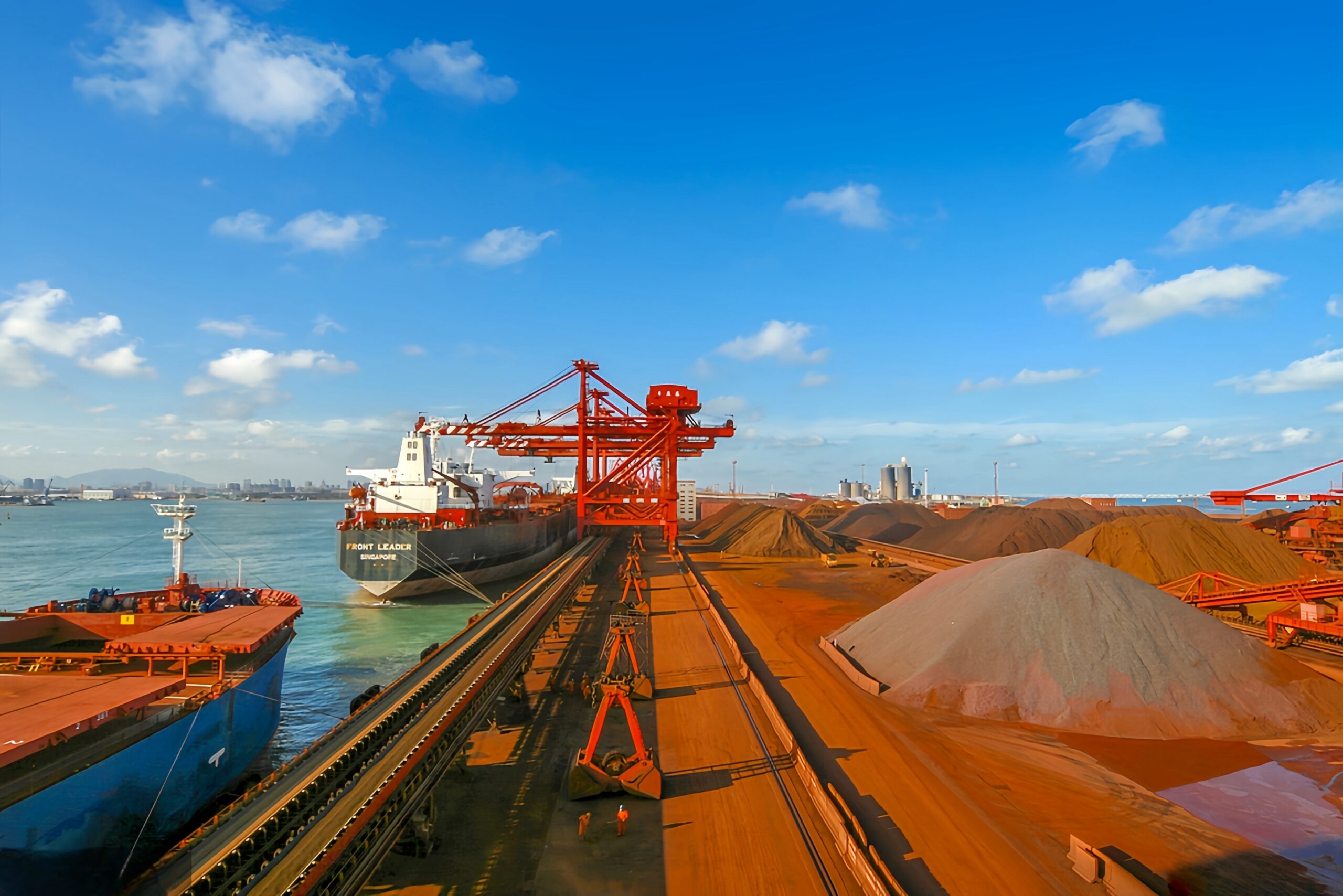Conveyor belts are essential components in material handling systems, designed to transport goods efficiently and safely across various industries. There are three main types of conveyor belts, each tailored for specific applications: general-purpose conveyor belts, heat-resistant conveyor belts, and oil-resistant conveyor belts.
General-purpose conveyor belts are widely used for transporting bulk materials like coal, sand, and grain. Made from durable rubber compounds with excellent tensile strength, these belts are ideal for industries such as mining, agriculture, and manufacturing. They offer superior flexibility and resistance to wear and tear, ensuring a long service life even under heavy loads.
Heat-resistant conveyor belts are engineered to handle high-temperature materials, such as hot cement, clinker, and sintered ores. These belts are constructed with special heat-resistant rubber covers and synthetic fabric layers to prevent cracking, hardening, or surface damage at elevated temperatures. Perfect for steel plants, cement factories, and foundries, they maintain reliable performance even in extreme conditions.
Oil-resistant conveyor belts are designed to transport materials containing oils, fats, or grease, which can degrade standard rubber belts. These belts feature a special oil-resistant rubber compound that prevents swelling and softening, ensuring smooth operation. Industries like food processing, recycling, and chemical plants benefit from the superior resistance of these belts to oily substances.
With advanced technology and premium materials, these three types of conveyor belts provide tailored solutions for diverse industries, optimizing productivity and reducing maintenance costs. Whether for light-duty or heavy-duty applications, choosing the right conveyor belt ensures efficient, safe, and reliable material handling.








